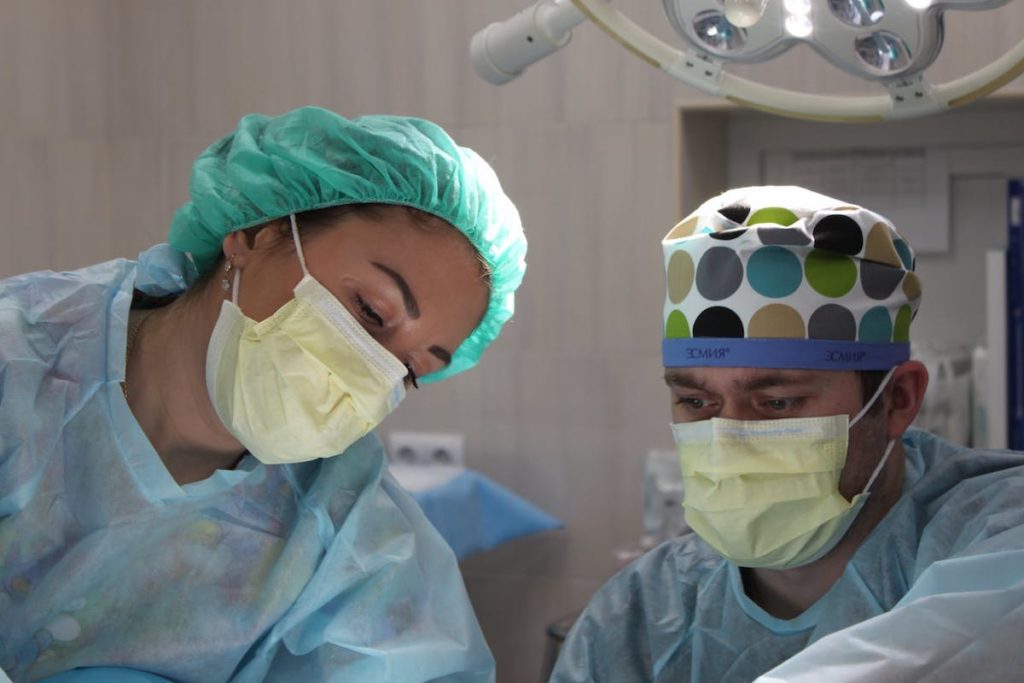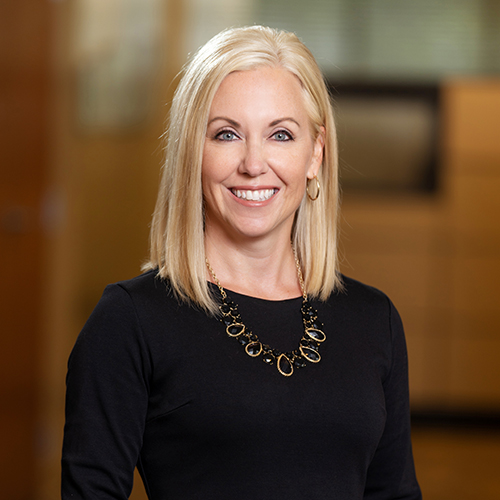The Missouri Disaster Medical Assistance Team (MO DMAT-1) deploys statewide to provide patients with on-site medical care. The state team is equipped to respond on-site with mobile medical facilities when required and to assist in traditional health care settings, performing their jobs just as they would at their primary job.
Request process – through LEOC – request must be made through WebEOC










